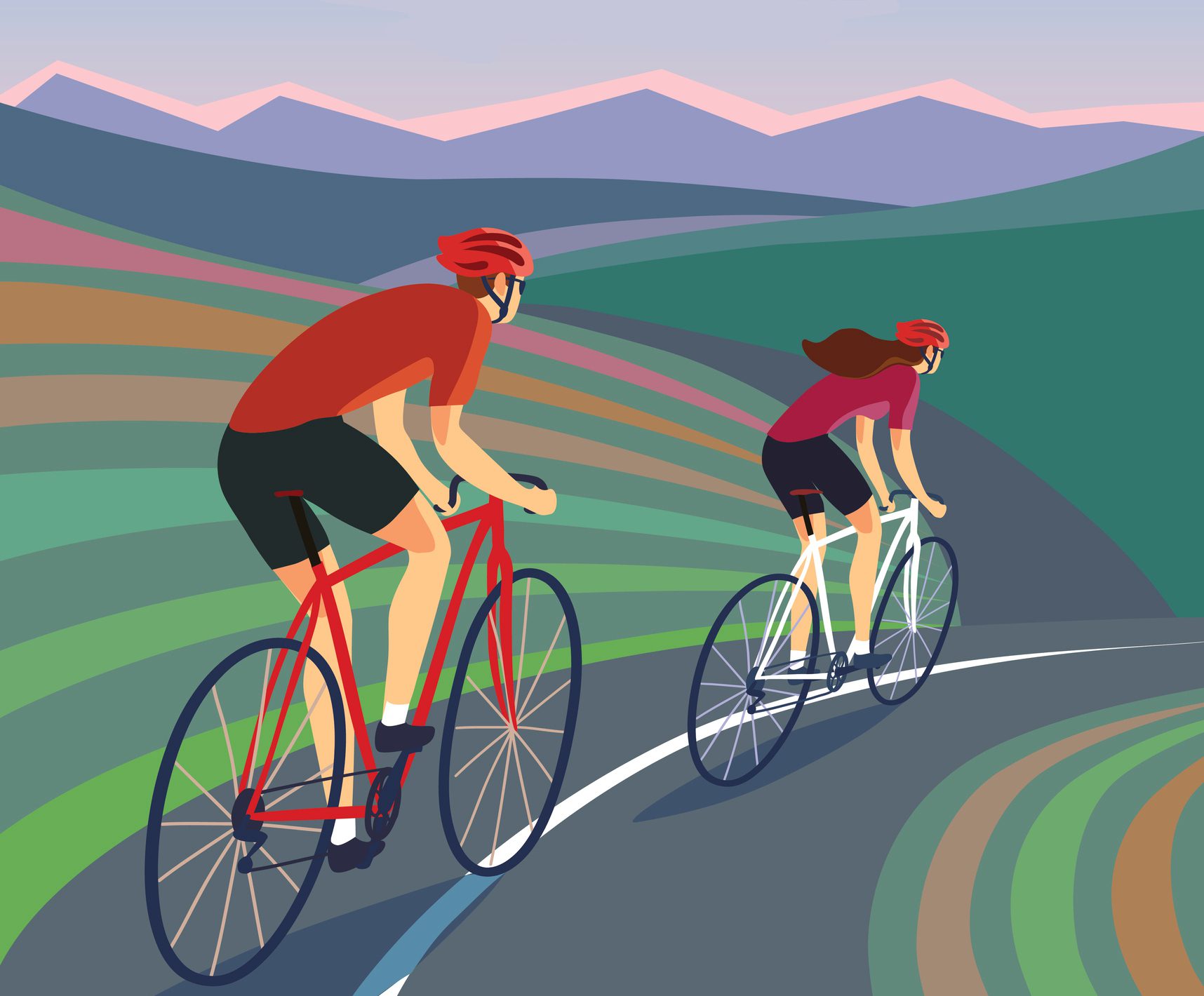Five ways to ruin your season
How you can avoid cycling’s most common injuries

by Martin Zollinger
Early in the season, most riders feel great. They’re well-rested, injury-free and motivated to ride. But as fall rolls around, things change and many cyclists can find themselves sidelined by injuries. With proper bike fit and a few easy exercises, most of these injuries can be prevented or quickly healed so you can continue riding late in the year.
Proper bike fit is the most important factor to begin and remain injury-free – from adjusting cleat angle to saddle position to handlebar rotation. Ensure you ask around to get a reputable bike fitter, as it is worth the initial investment. Another helpful tip is using double layers of tape on the handlebars, which can help absorb road vibration and provide extra cushioning for sensitive nerves that can be compressed in the hand.
Assuming that you are properly fitted on the bike, following are five of the most common cycling injuries. The root cause of most cycling overuse injuries can be traced to either repetitive low-grade loading over time, which results in cumulative tissue damage, or pressure on sensitive areas for extended periods. Typically, both of these types of injuries can be reversed quite easily by identifying and eliminating the aggravating factors and treating any inflammation and scar tissue or adhesions that may develop. Some effective soft tissue treatment systems to address these are Active Release Technique and Graston Technique, both of which are popular with endurance athletes.
Knees
1. Illiotibial band syndrome (ITBS) is an overuse injury commonly seen in the early season as it can result from increasing miles or intensity too quickly. Irritation of the fat pad at the outside of the knee presents as sharp pain in that location and can be quite painful and debilitating. Treatment includes regular icing followed by soft tissue therapies aimed at the IT bands, lateral quadriceps and possibly hip musculature. The use of ultrasound and electrode stimulation may also be warranted and sometimes foam roller exercises are prescribed for homecare.
2. Patellar or quadriceps tendinitis is quite easy to pinpoint as it occurs either on the lower part (patellar) or the upper part (quadriceps) of the kneecap, generally due to repetitive overloading of knee extensors causing strain and micro-tears through the tendon. Frequently seen in basketball players, this condition in cyclists can be brought on by pushing too big a gear with low cadence. Prevention is paramount, with more time ‘spinning’ gears and at the early stages, ice may give pain relief and help with inflammation. Tendons can do well with prescriptive eccentric loading exercises.
Hands
3. The ulnar nerve can be compressed and irritated as a result of wrist position and/or mechanical pressure on the nerve as it passes through the wrist. Sometimes called Guyon’s tunnel syndrome, this condition usually presents as numbness and tingling in the small and ring fingers, in extreme cases progressing to weakness. While on the bike, frequent hand position changes are necessary. It is also helpful to avoid hyper-extending the wrist. Specific stretches may also be prescribed and, in the worst cases, rest will help.
4. Carpal tunnel syndrome is compression of the median nerve at the wrist and is commonly caused by riding on the top flat part of the bars. This syndrome usually presents itself with soreness in the thumb, index and middle fingers. This condition may also be compounded and exacerbated by other daily aggravators such as computer work. For most cases, the pain stops shortly after getting off the bike. While on the bike, frequent hand position changes can help alleviate pressure on the proximal (thumb side) part of the wrist. Stretching can help with this condition, as can bracing. Soft tissue treatments may also be used in the area to treat the problem.
Lower Back
5. The angle of your back on the bike combined with vibrations from the road or trails can result in stretching and deformation of body tissues over time. This is why it is very important that you move regularly on long rides by getting out of the saddle and doing some pelvic tilts and back stretches for the lumbar spine. Specific exercise therapy off the bike can help strengthen the core and build endurance. Massage therapy and the application of heat have both also proven beneficial.
All cyclists know that regular bike maintenance is important for hassle-free riding, but it’s also important to maintain the rider. With some attention to riding position, a few exercises and some expert care, you can avoid being sidelined and stay injury-free while on the bike.

